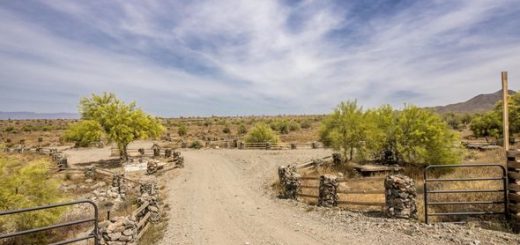Tips for Successful Black Bear Masonry Repairs
Maintaining the structural integrity of your home is crucial, especially when it comes to masonry repairs. Black bear masonry repairs can be a challenging task, but with the right approach, you can ensure that your repairs are successful and long-lasting. Here are some tips to guide you through the process of Black Bear Masonry:
1. Assessment and Planning
Before you begin any repairs, carefully assess the damage, and plan your approach. Look for signs of damage caused by Black Bear Masonry, such as claw marks or bite marks. Assess the extent of the damage to determine whether you can repair it yourself or if you need to call in a professional. Make note of any potential safety hazards, such as loose stones or unstable structures.
2. Safety First
Ensure your safety and that of any helpers. Black bear damage can sometimes weaken structures, so wear appropriate safety gear, including gloves, goggles, and sturdy shoes. If the damage is extensive, consider consulting with a wildlife expert to ensure the area is safe before proceeding with repairs.
3. Cleaning and Preparation
Clean the damaged area thoroughly, removing any loose debris, dirt, or vegetation. Use a stiff brush and water to clean the area around the damage. Allow the area to dry completely before proceeding with repairs.
4. Choosing the Right Materials
Select materials that are durable and weather-resistant. For black bear masonry repairs, consider using concrete, stone, or brick. These materials are less likely to be damaged by wildlife and will provide a sturdy foundation for your repairs.

5. Matching Existing Masonry
Try to match the color and texture of the existing masonry as closely as possible. This will help your repairs blend in seamlessly with the rest of your home.
6. Repair Techniques
Depending on the extent of the damage, you may need to use different repair techniques. For smaller repairs, consider using mortar or concrete patching compound. For larger repairs, you may need to replace damaged stones or bricks entirely.
7. Applying the Repair Materials
Follow the manufacturer’s instructions carefully when applying repair materials. Use a trowel or putty knife to apply the material evenly and smooth out any excess. Allow the repair material to dry completely before applying any additional coats or sealants.
8. Sealing and Protecting
Once the repair material has dried, consider applying a sealant to protect the repaired area from future damage. Choose a sealant that is specifically designed for masonry and follow the manufacturer’s instructions for application.


















